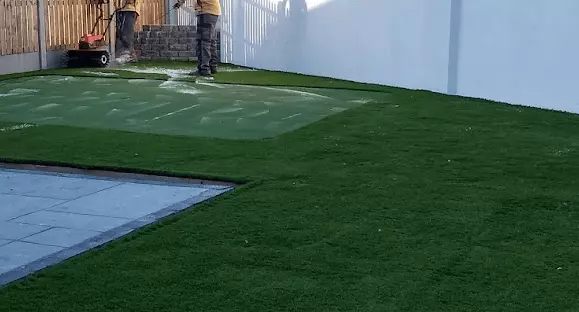About
What is arficial grass?
Artificial grass is a surface of synthetic fibers made to look like natural grass. It is most often used in arenas for sports that were originally or are normally played on grass. However, it is now being used on residential lawns and commercial applications as well.

Who is artificial grass for?
Artificial grass is ideal for anyone who wants a low maintenance garden, for those with busy lifestyles, young family members and pets.Those who are not able to keep on top of mowing.
How to lay artificial grass
You can install articial grass yourself. First, you have to choose the grass that best suit your needs, then just have to follow some simple steps, please refer to the installation instructions on how to install artifical grass and the video bellow so you have a visual reference.

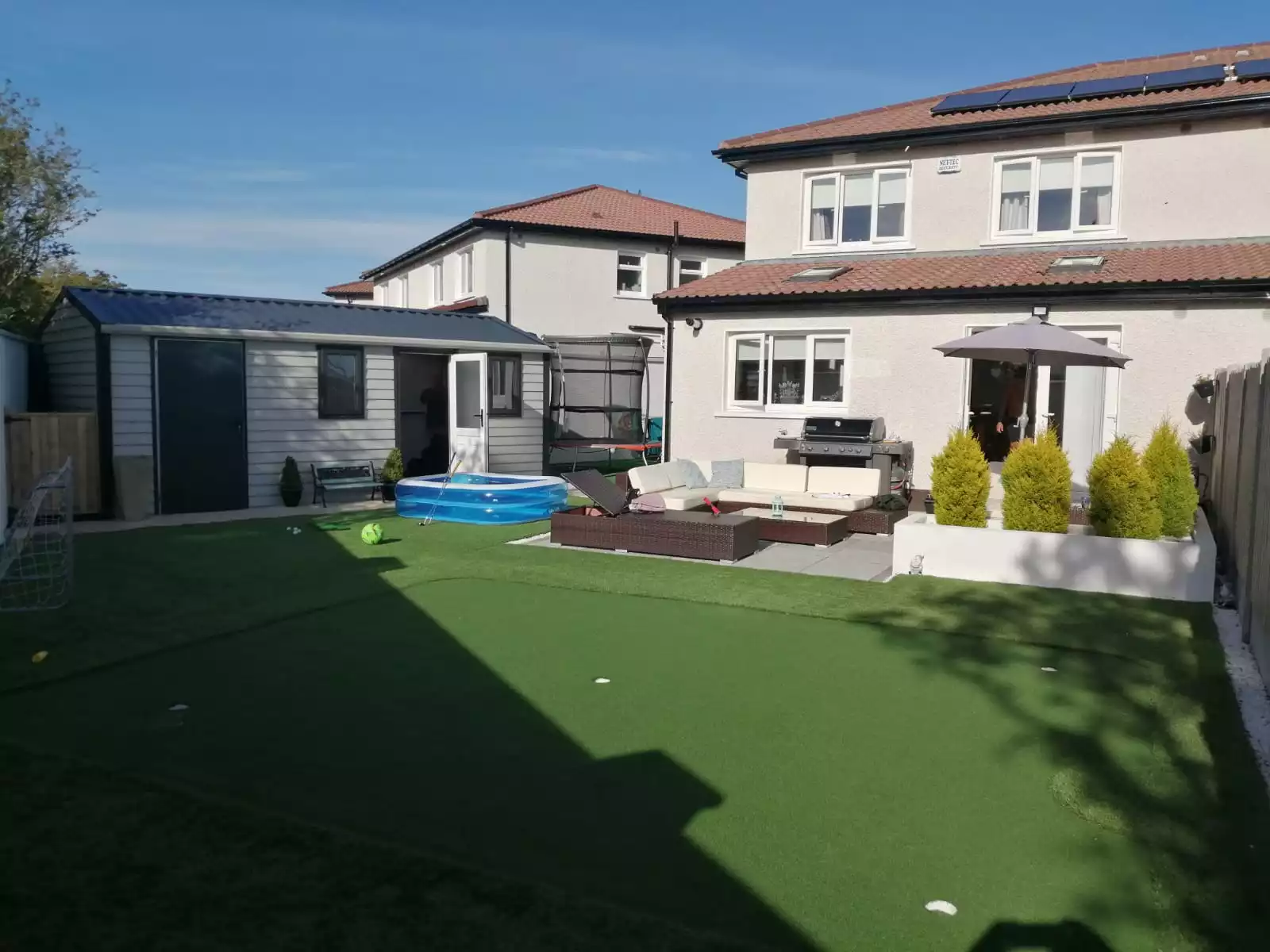
Artificial grass installation guide.
Step 1
Digging the area
First step is to prepare the area by removing the topsoil to a depth of 100mm. This can be done by hand if it is a small area, but it will be easier if using a turf cutter.
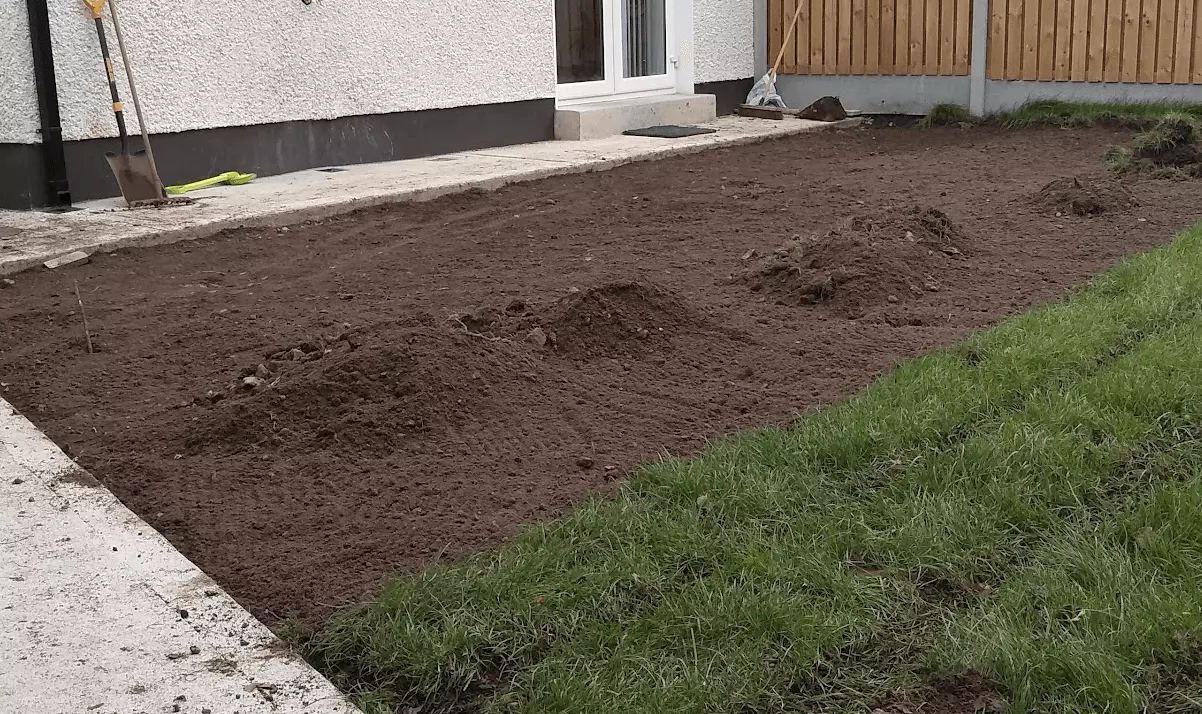
Step 2
Edging the area
Using batons and 100mm treated timber, make a frame around the area.This step is important as will give support to our newly installed grass and a clean edge finish. Please, make sure the edging is not higher than final grass line to allow the water to run-off the turf.
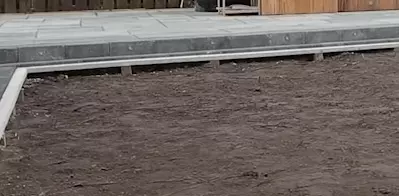
Step 3
Subbase
Then cover two thirds of the depth (approx. 70mm) with a crush stones aggregate like MOT type-1. This can be purchased from local DIY store or reliable builders providers. You will level and compact using a compactor plate at this point. This will provide a solid base and good drainage.
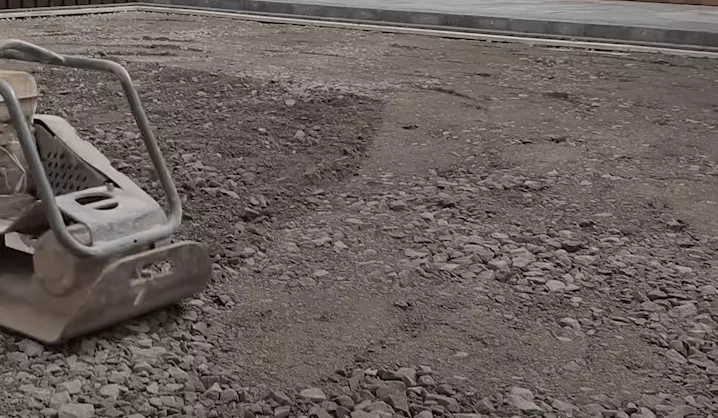
Step 4
Weed barrier
You will then fit a weed barrier on the entire base of the soil base, overlapping the barrier to prevent weeds growing through.

Step 5
Granite dust
Next add up 25mm of granite dust, then you will compact couple of times with a compactor plate. The more times you compact the granite dust the less chance there will be of sinkage. The base needs to be completely level with the timbers because the artificial grass will mirror what is beneath it, ,if you have lumpy groundworks your artificial lawn will be the same.
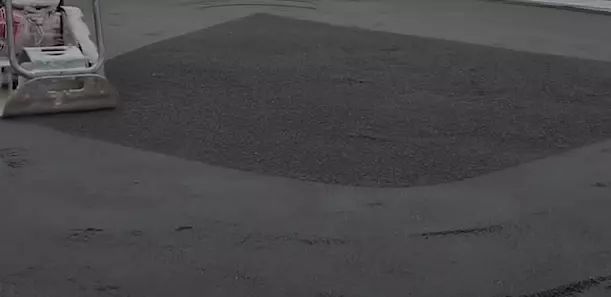
Step 6
Lay out the grass
Unroll your artificial grass into position, with the pile direction facing towards the property or main focus point,for a more natural look. Leave it unroll for 2 to 3 hours to acclimatate.
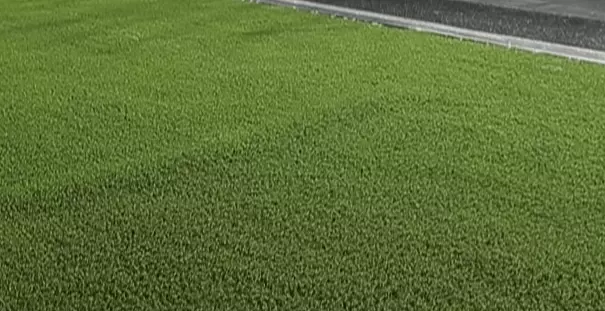
Step 7
Joining the grass
Now I join the sheets of grass if necessary, leaving an extra 50mm around all areas. It is very important to cut 3 rows of stiches on the rubber side of each grass sheet to achieve an invisible join. I then fold over each side of grass and roll out the joining tape, shiny side down. Apply aquabond glue on a zig-zag pattern over the joining tape, and glue the two pieces of grass together.
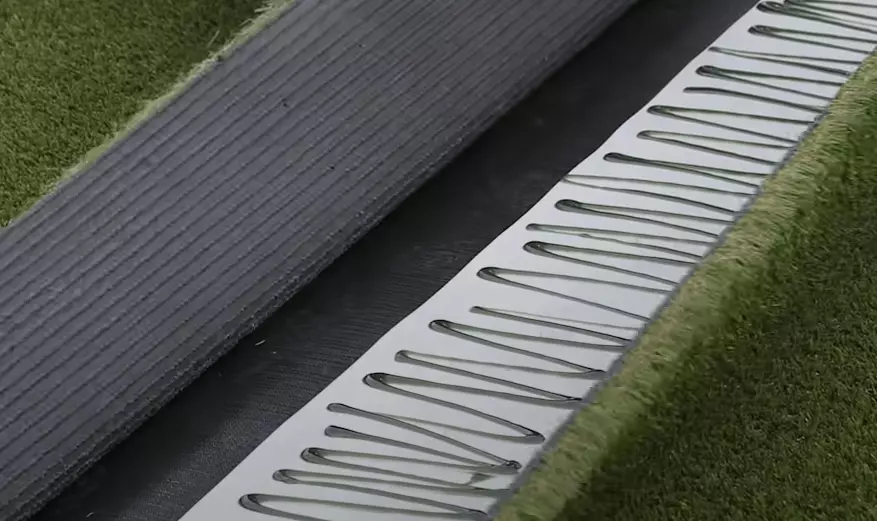
Step 8
Brushing the grass
The last step of the isntallation is to brush your new installed grass to get the grass pile upright for a more natural look. It can be done with a garden brush for small areas, but I would recommend to use a power brush for bigger projects.
